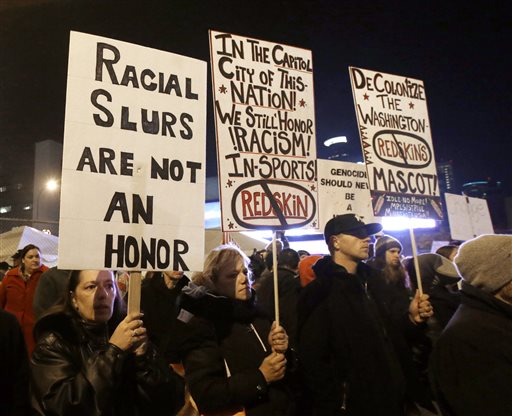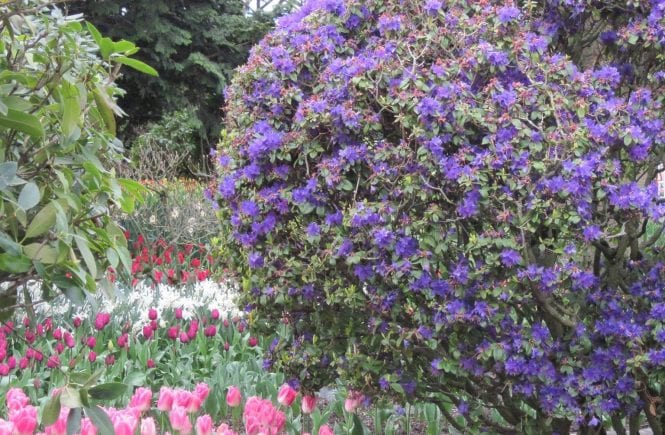Ok, it’s that time again. The time to come out of my feel-good world of flowers and sunshine and bunnies, and overwhelming gratitude for all things, into the real world where it is the 4th week of January, cold, snow sits in dirty splotches on the ground and Super Bowl LIV (54) is this weekend.
I remember the first Super Bowl in 1966. Well, maybe not remember it but remember the feeling of it. Even though my mom had an interest in football (I think she really loved thinking about strategy), my Dad had none, and thus we never watched it. But in 2nd grade, I was surrounded by rabid seven-year-old fans. One boy, whom I had a crush on, loved “the Packers,” and therefore, so did I. It just sounded cool, and the green was a great color. And that’s as far as my interest ever went. Until I got to college in the 1970s and 1980s, when the whispers against Native American Mascots began to make their way through the halls of Academia at the University of Montana. I was sitting in a graduate seminar on structural theory and found myself thinking that Indian Mascots weren’t racist – they were totems! We, as American Indians, were being remembered through these strong images that flashed on the games. We had teams named after us! But did we? Really? That’s the thing, I’d been so assimilated and inculcated in the thinking of the dominant culture, I never even questioned a meaning beyond that superficial one. I was American Indian taught very carefully, persistently and consciously to think only from the white person’s point of view.
When I became a freelance writer in my 30s, I began to write a weekly column for the (now nearly defunct) local paper, articles on American Indian history. It was interesting, because the vast majority of my readers didn’t know anything about American Indian history beyond the few pages that were dedicated to it in 8th grade American History class. I wrote about the slaughter at Sand Creek, the Meeker ‘massacre’, as well as the series of treaties between the U.S. Government and the Cheyenne and Arapahoe tribes. These treaties documented the erasure of the land and its people from the American West. Initially, Cheyenne and Arapahoe land was noted as being the entire U.S., but then was defined as everything west of the Mississippi River, then in each successive treaty their land became defined in smaller and small geographical units, between geographical points that grew closer together, until their reservation lands were erased altogether, and the tribes moved to other tribal lands located in Oklahoma, Montana and Wyoming. Which is why you hear Southern and Northern Cheyenne, and Southern and Northern Arapahoe.
Divide and conquer. That was the game play. It happened again and again and again, because it kept working.
But in my 40s, I became familiar with the theory of Social Memory. This theory examines those things that a society remembers, and the ways they do that: through commemorations, public interest signage, physical and/or artistic images, and literature, among others. But just as importantly, it explores what has been forgotten, and why. So, in examining American Indian mascots, the Chiefs’ to be exact, we need to ask what is left out of the ad campaign of this story?
As the Kansas City Chiefs and the San Francisco 49ers face each other this Sunday, I’m drawn to think about a problematic and uneasy history that is played out on the national, and international stage: the wearing of headdresses, the face paint, the chant and the tomahawk chop, taken together are the re-created images of “vicious warriors” on the part of Chief’s fans. They don’t see, or perhaps don’t care, that these images are steeped in an ugly history. That the face paint, and tomahawks were symbols used by Andrew Jackson and his administration to pass the Indian Removal Act of 1830. At every speech before Congress, before the American citizenry, in correspondence, Jackson reminded people that American Indians needed to be brought into “submission or extinction” because they were “savage, cruel, bloodthirsty, cannibalistic butchers of innocent white women and children.” And it worked; the bill was enacted, the last of 16,000 Cherokee were force marched, at the point of the bayonet, across over a thousand miles to unfamiliar and seemingly unhabitable land. Over 4,000, one quarter of this group, died along the way from starvation, exhaustion, and sickness, a memory in history known as the Trail of Tears.
Did you know that over a thousand wars were declared on American Indians since the implementation of the U.S. Army? That the government divided up the land that was agreed upon in treaties, sold the land, backed people who wanted to be part of the Great Manifest Destiny of westward movement and attacked the tribes when the seemingly unstoppable force of fur traders and wagon trains of miners, squatters, settlers, and missionaries entered into land that was rightfully theirs and claimed it with a self-righteousness of greed? And any kind of resistance to that onslaught of outsiders was met with lies and wars, which took generations of American Indian men, women and children out of the remembered history? And those images recreated by rabid fans are not only disrespectful but remind a lot of people of a bloody and brutal history in which “they won.”
Oh, did I just politicize a game? A form of national entertainment? Believe me, the Chiefs are not the only teams in this target. In the U.S. there are 2,128 teams where mascots are named for American Indian people, tribes, or warrioristic ideologies that covers a wide swath of age groups, grade school through pro? And the fact that the topic is unmentionable and gets people into such a defensive lather just by raising it means that this conversation has to happen a lot more times.
Well, if it’s any consolation, know that the National Football League, as well as the owners of teams like the Chiefs, the Braves, or the Indians, are making a lot of money with these names, this imagery, these logos, this argument. And they don’t want that to change. They’ve invested heavily into these creations and are reaping amazing benefits. So, when you hear someone explain why it’s totally ok for these images and actions to be used by a large American public, know that it started at the top. Those reasons typically sounds like this, “The mascots are totems, we are naming a team as a way of honoring the Native Americans of this country,” or “The Chiefs were named after the a mayor in KC who was instrumental in bringing the team to the city – he was a big supporter of the Boy Scouts of America, so that’s an honor.” “All the real Indians are dead, so what does it matter? Why are you bringing up ancient history?” Or in its worst case, defensiveness turns into intimidation, which is really fear in physical form.
What makes people so afraid of this resistance to the idea that names and the actions and imagery of America’s indigenous peoples is ok? Is it that the team that you’ve placed all your hope, dreams, fears and money into might change its name, its logo? And then what? Is it that we, as American Indian people, are ‘messing’ with history? That we’ll get too much power? That we’ll ask for our land back?
Hmmm…
American Indians don’t like being mascots. I don’t think anyone does. I don’t understand why 150 million Americans celebrate St. Patrick’s day by wearing green, drinking green beer or whiskey (or what have you), speaking with bad accents and generally acting stupid. And why aren’t the Irish super angry about that?
But that’s another issue; that’s their issue. My issue is stop representing us in ways that are disrespectful, divisive, dismissive and threatening, and start looking beyond the superficial love of the team to the roots and ask yourself, is the name, the actions and imagery really worth it, and why.



